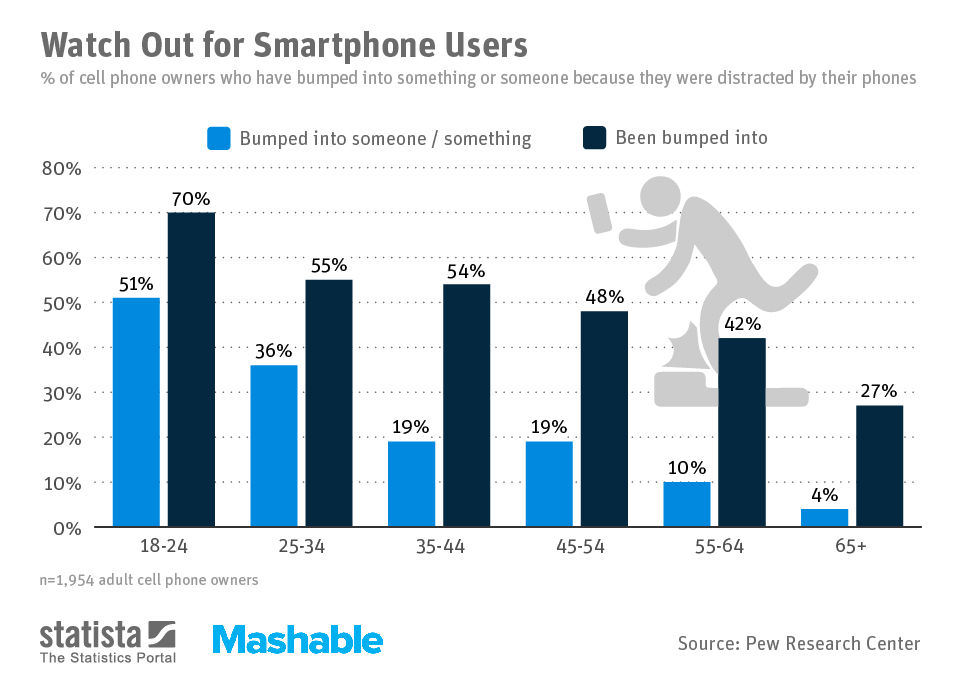IS YOUR SMARTPHONE HELPING TO FUND A CIVIL WAR?
- ICTeens
- 10 dic 2019
- 1 Min. de lectura
Actualizado: 11 dic 2019
Learn how much do you know about with what materials is your smartphone made and where do this material come from.

Many smartphone components - and those in computers, laptops and video game consoles - are made in part from what we call 3T&G for tin, tantalum, tungsten, and gold.
When we talk about conflict minerals we refer to minerals mined in conditions where armed conflict and human rights abuses occur.

You can thank tungsten for keeping your phone cool with its role in heat sinks, as well as quiet thanks to its use in vibrator components. Nearly all electronics use tin in solder to protect components from corrosion. Tantalum is used for capacitors as well as in Surface Acoustic Wave (SAW) filters to improve audio quality. And finally, because of its efficient electrical conductivity and resistance to corrosion, gold is used in connectors, switch and relay contacts, connecting wires and strips, and soldering joints.
But what about Africa?
But these four minerals have a darker side. In several regions of the world, and to a large extent in easter provinces of the Democratic Republic of the Congo (DRC), conflicts between armed groups involved in their illegal trade are major cause of insecurity, poverty and human rights abuses. So when we talk about conflict minerals we refer to minerals mined in conditions where armed conflict and human rights abuses occur.

There are some regulations going on that are helping in stoping this practices, so maybe we should start by demanding companies to take action, make research, change raw materials or promoting better practices to its suppliers.






Comentarios